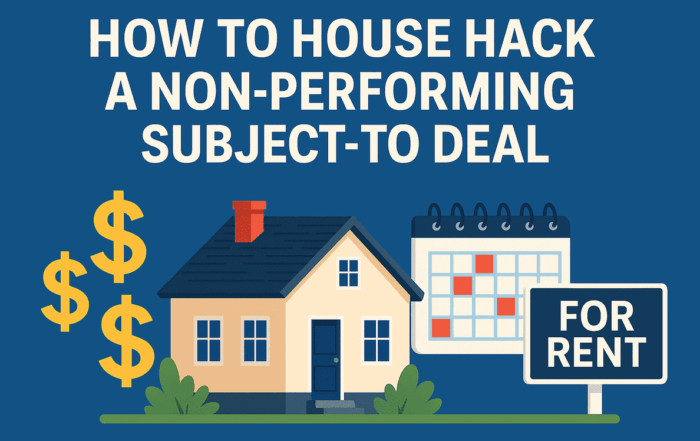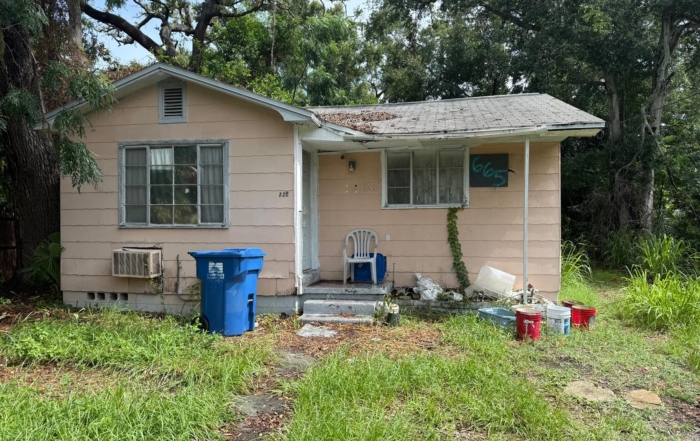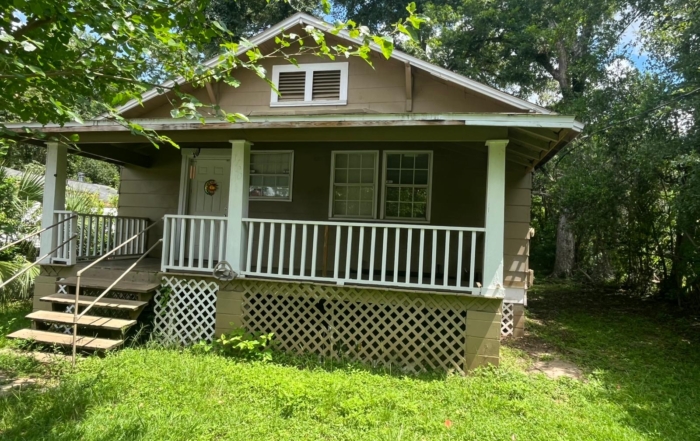As home prices in the United States reach a new all-time high, many have been anticipating a housing market crash for the past four years. However, recent data indicates a different trend. The median sale price of a home in April 2024 hit $433,558, up 6.2% from the previous year, marking a new record high. This article explores the dynamics behind the soaring home prices and why a market crash may not be imminent.
Understanding Supply and Demand
At its core, the increase in home prices is a classic case of supply and demand. Despite high prices and mortgage rates around 7%, there remains a significant demand for homes, outpacing the available supply. This imbalance continues to drive prices upward.
The basic principle of supply and demand is a fundamental concept in economics. When there is a high demand for a product and a limited supply, prices tend to rise. This is precisely what is happening in the housing market. The demand for homes remains robust, fueled by factors such as population growth, increased household formation, and investor interest. However, the supply of homes has not kept pace, resulting in higher prices.
To illustrate, during the pandemic, the high demand for hand sanitizer led to skyrocketing prices due to limited supply. Similarly, the housing market is experiencing higher prices because of the scarcity of homes for sale.
Current Market Conditions
Even with fewer buyers able to afford homes due to inflated prices and high mortgage rates, the number of sellers has also declined. This reduction in both buyers and sellers maintains the supply-demand imbalance, preventing prices from falling.
As of now, there are approximately 1.62 million homes listed for sale, a 12.1% increase from last year but still significantly lower than pre-pandemic levels when listings exceeded 2 million. This insufficient supply continues to pressure prices upwards.
Several factors contribute to the limited supply of homes. First, the construction of new homes has not kept up with demand. The Great Recession led to a significant slowdown in homebuilding, and the industry has been slow to recover. Labor shortages, rising material costs, and regulatory hurdles have also hampered the pace of new construction.
Second, many homeowners are reluctant to sell their properties. With mortgage rates at historic lows in recent years, many homeowners locked in low-interest rates and are hesitant to give up their favorable financing terms. Additionally, the uncertainty brought about by the pandemic has made people more cautious about making significant financial moves, including selling their homes.
The Role of Foreclosures
One significant factor that could increase supply is a rise in foreclosures. However, foreclosure rates remain low compared to the crisis levels of 2008-2010. In 2010 alone, there were 2.9 million foreclosures, whereas current figures are much lower. Without a substantial increase in foreclosures, the additional supply needed to crash home prices is unlikely.
Foreclosures can flood the market with distressed properties, increasing supply and putting downward pressure on prices. However, several factors have kept foreclosure rates low. Government intervention, such as mortgage forbearance programs and eviction moratoriums, has provided relief to struggling homeowners, preventing a surge in foreclosures. Additionally, the strong equity positions of many homeowners, due to rising home prices, have allowed them to avoid foreclosure by selling their homes if they encounter financial difficulties.
Homeowner Reluctance to Sell
Current homeowners are also hesitant to sell. With many holding mortgages at historically low rates below 3%, there is little incentive to sell and re-enter the market at current high prices and interest rates. This reluctance further restricts the supply of available homes.
The decision to sell a home is influenced by various factors, including personal circumstances, market conditions, and financial considerations. For many homeowners, the prospect of selling their home in the current market is not appealing. High home prices mean that finding a new home at a reasonable price is challenging, and the higher mortgage rates make financing a new purchase more expensive.
Moreover, the emotional attachment to a home can also play a role. People tend to stay in their homes longer if they have deep ties to their community, proximity to family and friends, or simply a strong attachment to their property. These emotional factors contribute to the low turnover in the housing market, limiting the supply of homes for sale.
Interest Rates and Future Projections
Mortgage interest rates, currently fluctuating around 7%, are another crucial factor. The Federal Reserve’s next meeting on June 12 will be closely watched for indications of interest rate cuts. While the Fed plans to cut rates three times this year, some analysts are skeptical, predicting fewer cuts or even potential rate hikes.
Interest rates play a critical role in the housing market. Lower interest rates make borrowing cheaper, increasing affordability for homebuyers and stimulating demand. Conversely, higher interest rates make mortgages more expensive, reducing affordability and dampening demand. The Federal Reserve’s monetary policy decisions, influenced by economic conditions and inflation trends, significantly impact interest rates.
If interest rates decline rapidly, it could trigger a surge in demand, pushing home prices even higher. Ideally, a gradual reduction in interest rates would be preferable to avoid exacerbating the affordability crisis.
Migration Patterns
Migration trends also impact the housing market. Recent data from Redfin shows a significant exodus from major cities like Los Angeles, New York, and San Francisco, with Los Angeles currently leading the list. Florida has emerged as the number one destination for these relocations, reflecting broader shifts in housing demand across different regions.
The pandemic has accelerated migration patterns, with many people seeking more space, affordability, and a better quality of life. Remote work has made it possible for people to live further away from their workplaces, leading to increased demand in suburban and rural areas. States like Florida, Texas, and Arizona have become popular destinations due to their lower cost of living, favorable climate, and economic opportunities.
The influx of new residents into these states has driven up home prices, contributing to the overall increase in the national median home price. This migration trend is expected to continue, influencing housing markets across the country.
The Affordability Crisis
The current housing situation is often described as an affordability crisis. While mortgage interest rates were higher in the 1980s, home prices relative to incomes have risen much more rapidly since then, making homes less affordable today despite lower interest rates.
Affordability is a significant concern for many potential homebuyers. The rapid increase in home prices has outpaced wage growth, making it challenging for people to save for a down payment and qualify for a mortgage. The high cost of housing also affects renters, as rising home prices often lead to increased rental rates.
The affordability crisis has far-reaching implications for individuals and families. It can delay household formation, limit economic mobility, and contribute to social and economic inequality. Addressing this crisis requires a multifaceted approach, including increasing the supply of affordable housing, implementing policies to stabilize home prices, and providing financial assistance to low- and moderate-income households.
Conclusion
The expectation of a housing market crash seems unlikely given the current data. The primary factors sustaining high home prices include the persistent demand-supply imbalance, low foreclosure rates, and homeowner reluctance to sell. While interest rate cuts may offer some relief, they could also drive prices higher if demand surges. For now, the housing market remains characterized by high prices and limited supply, with no immediate crash on the horizon.
The housing market is complex and influenced by various factors, including economic conditions, government policies, and demographic trends. While predictions about market crashes are common, the reality is that the housing market is resilient and adaptable. Understanding the underlying dynamics can help stakeholders make informed decisions and navigate the challenges and opportunities in the real estate market.
How to House Hack a Non-Performing Subject-To Deal (and Get Paid to Wait) HNPS
Jorge Vazquez2025-07-03T19:51:05+00:00July 3rd, 2025|Comments Off on How to House Hack a Non-Performing Subject-To Deal (and Get Paid to Wait) HNPS
Ever wanted to buy a house, cash flow from day one, and help someone in trouble—without taking out a new mortgage? Welcome to the wonderful world of non-performing subject-to house hacking. I [...]
For Sale: 665 36th Ave S, Saint Petersburg, FL 33705
Jorge Vazquez2025-07-03T18:05:29+00:00July 3rd, 2025|Comments Off on For Sale: 665 36th Ave S, Saint Petersburg, FL 33705
Property Details: • Address: 665 36th Ave S, Saint Petersburg, FL 33705 • Year Built: 1951 • Living Area: 572 SqFt • Current Layout: [...]
The Power of Home Equity: Utilizing Your Property’s Value
allanmcnabb2025-07-01T20:40:35+00:00July 1st, 2025|Comments Off on The Power of Home Equity: Utilizing Your Property’s Value
Your home is more than just a place to live; it’s one of the most significant financial assets you’re likely to own. As you pay down your mortgage and your property’s value [...]
Graystone Real Estate Expands into South Florida via Miami MLS
Jorge Vazquez2025-07-01T00:47:05+00:00July 1st, 2025|Comments Off on Graystone Real Estate Expands into South Florida via Miami MLS
Graystone Real Estate Expands into South Florida via Miami MLS FOR IMMEDIATE RELEASE June 30, 2025 TAMPA, FL — Graystone Real Estate, a division of Graystone Investment Group and one of Florida’s fastest-growing real [...]
For Sale: 1046 Dover St, Tallahassee, FL 32304
Jorge Vazquez2025-06-30T18:14:58+00:00June 30th, 2025|Comments Off on For Sale: 1046 Dover St, Tallahassee, FL 32304
Property Details: • Address: 1046 Dover St, Tallahassee, FL 32304 • Asking Price: $107,500 • 3 Bedrooms / 2 Bathrooms • 936 sq ft [...]
Protected: Here’s How to Get Assignment Fees Financed (Even When Lenders Push Back)
Jorge Vazquez2025-07-01T20:45:37+00:00June 30th, 2025|Comments Off on Protected: Here’s How to Get Assignment Fees Financed (Even When Lenders Push Back)
This content is password protected. To view it please enter your password below: Password:






